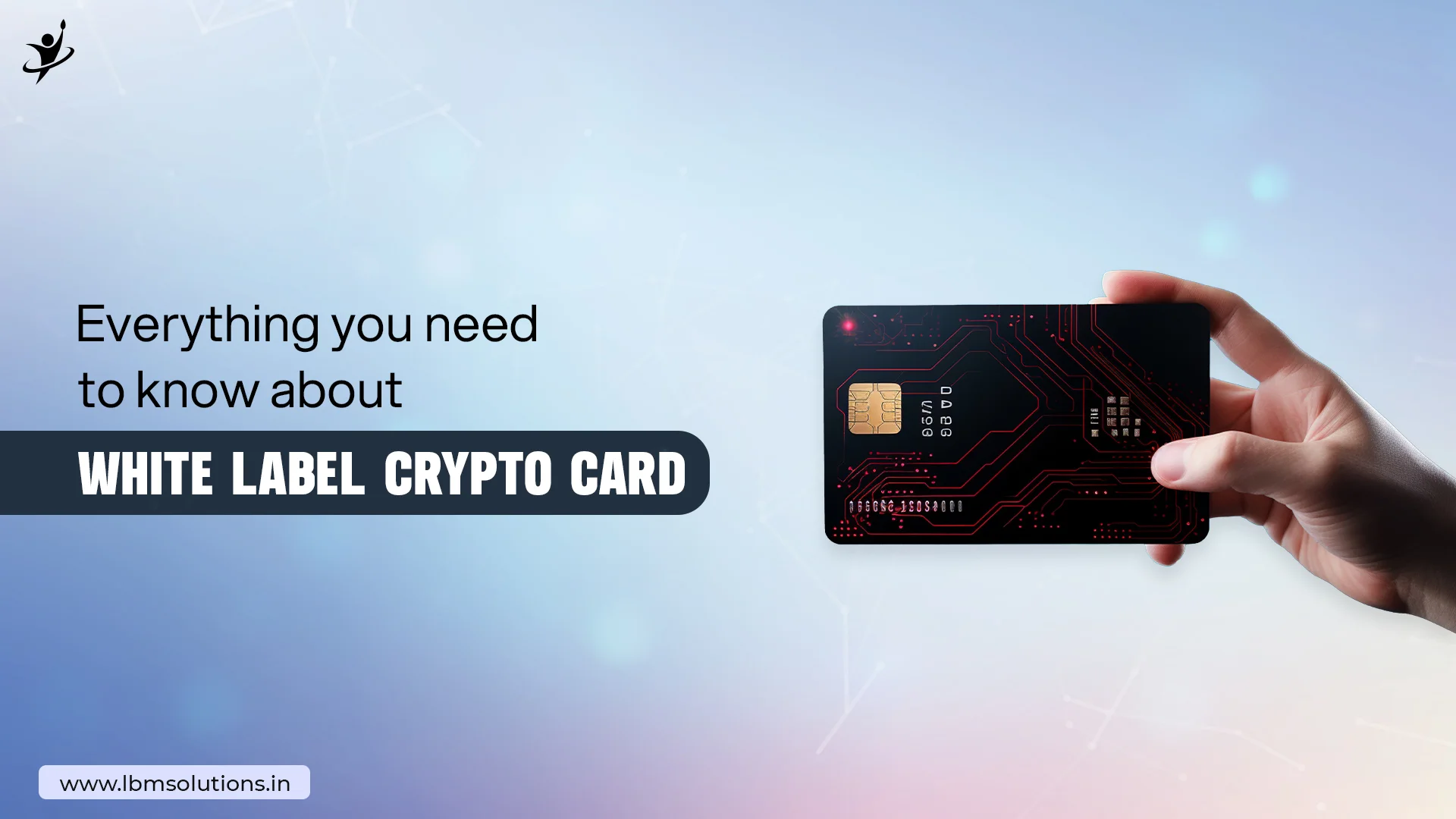Are you interested in taking control of your cryptocurrency assets and ensuring their security? Creating a decentralized cryptocurrency wallet is the way to go. In this comprehensive guide, we will walk you through the process of creating your own decentralized cryptocurrency wallet, empowering you to store and manage your digital assets with utmost confidence.
What is a Decentralized Cryptocurrency Wallet?
Before we delve into the steps of creating a decentralized cryptocurrency wallet, let’s clarify what it actually is. A decentralized cryptocurrency wallet is a digital tool that allows you to securely store, send, and receive your cryptocurrencies without relying on a centralized authority. Unlike traditional banking systems, which are prone to hacks and data breaches, decentralized wallets offer increased security and control over your funds.
Step 1: Choose the Right Wallet Type
There are several types of decentralized cryptocurrency wallets available, each catering to different needs and preferences. The three main types are:
Hardware Wallets: These physical devices, similar to USB drives, offer the highest level of security by storing your private keys offline. Examples include Ledger Nano S and Trezor.
Desktop Wallets: These wallets are installed on your computer and provide a balance between security and convenience. Popular options include Exodus and Electrum.
Mobile Wallets: These smartphone applications offer easy accessibility and convenience for managing your cryptocurrencies on the go. Trust Wallet and Mycelium are well-known examples.
Consider your usage patterns, security requirements, and the cryptocurrencies you intend to store before selecting the most suitable wallet type for your needs.
Step 2: Set Up Your Wallet
Once you have chosen the wallet type that aligns with your requirements, it’s time to set it up. Follow these general steps:
Download the wallet application or connect the hardware wallet to your computer or mobile device.
Create a new wallet by following the instructions provided. Make sure to set a strong, unique password and enable two-factor authentication for an added layer of security.
Take note of your recovery seed phrase. This sequence of words is crucial for restoring access to your wallet if you forget your password or lose your device.
Step 3: Secure Your Wallet
Securing your decentralized cryptocurrency wallet is paramount to protecting your digital assets. Here are some essential security measures to consider:
Keep Your Software Updated: Regularly update your wallet software to ensure you have the latest security patches and bug fixes.
Enable Two-Factor Authentication (2FA): Activate 2FA to add an extra layer of protection against unauthorized access to your wallet.
Backup Your Wallet: Create regular backups of your wallet’s private keys or seed phrase and store them in multiple secure locations. Consider using hardware wallets or offline storage options for increased safety.
Beware of Phishing Attacks: Be cautious of phishing attempts and only access your wallet through official channels. Avoid clicking on suspicious links or providing your private keys to unknown sources.
Step 4: Transfer Funds to Your Wallet
Now that your decentralized cryptocurrency wallet is set up and secured, it’s time to transfer your funds. Follow these steps:
Identify the public address of your wallet, which serves as the destination for incoming cryptocurrency transfers.
Go to your exchange or another wallet holding your funds and initiate a withdrawal or send transaction. Paste the public address of your decentralized wallet as the recipient.
Confirm the transaction details, including the amount and transaction fee, and complete the transfer.
Conclusion
Congratulations! You have successfully created your own decentralized cryptocurrency wallet. By following these steps and implementing the recommended security measures, you can now take full control of your digital assets and enjoy the benefits of decentralized finance. Remember to stay vigilant, keep your wallet secure, and stay informed about the latest developments in the cryptocurrency world.












